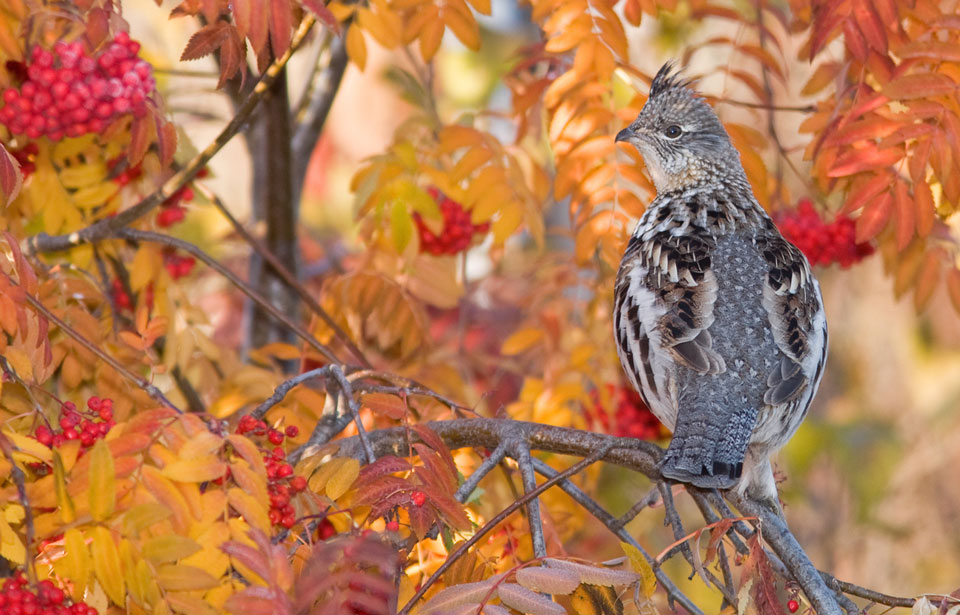We take trees for granted. Without them, life on our planet would end. These arboreal beauties supply oxygen, conserve water, and fertilize soil. Trees also provide habitat for everything from millipedes to grizzly bears. One of the most wonderful things you can do for wildlife is to plant a diversity of native trees. You can buy seedlings or saplings from nurseries or, better still, start your very own from seeds.
- Gather seeds from native trees growing in your area. They will be best adapted to your climate and soil conditions. Consult with a local nursery for advice on tree species most likely to succeed.
- The seeds of some species, such as balsam poplar, cottonwood, white elm, and red and silver maple, are ready to collect in spring. Fall is the time to collect the ripe seeds of oaks, ashes, birches, cherries, American beech, and sugar and Manitoba maples. Also in fall, gather cones from pines, spruces, tamarack, balsam fir, and red and white cedars. Keep the cones in a paper bag at room temperature for a few days to a week till the seeds fall out. Remember to label each batch of seeds with the species’ name.
- Sprinkle seeds into paper plant pots filled with damp potting soil. Since not all seeds will germinate, plant five or six of a single species in each pot, then thin out the seedlings if more than one grows.
- Fall seeds must be “persuaded” that winter has come and gone before sprouting. Place them in paper plant pots with damp potting soil. Then leave them covered in a refrigerator for a month. Make sure the soil stays damp. Such species as eastern hemlock, hawthorns, hickories, and ironwood will need as much as four months in the refrigerator.
- Place the plant pots in a container lined with reflective material, such as aluminum foil, in a sunny window.
- Seedling roots dry out easily, so keep the earth moist (not wet) at all times.
- Before transplanting seedlings to your schoolyard or another site, it’s important to “harden them off” – that is, place them outside during the day and bring them in at night for about a week.
- Plant seedlings directly into the earth in their paper pots. These containers will decompose naturally.
Roll several sheets of newspaper (black and white only) around a rolling pin or other narrow, cylindrical object. Slide each paper tube off and staple the ends.
Cut each tube into 8- to 10-cm lengths. Staple the ends of each pot. (The pots will be bottomless.)
Prepare the reflective window box where the seedlings will sit. Cover the back of an open cardboard box with aluminum foil. This reflective surface will direct sunlight to the rear of the box, preventing seedlings from growing lopsidedly due to leaning towards the window.
Arrange the seeded pots no more than three rows deep in the box. Cover the top with cellophane to prevent moisture loss.



